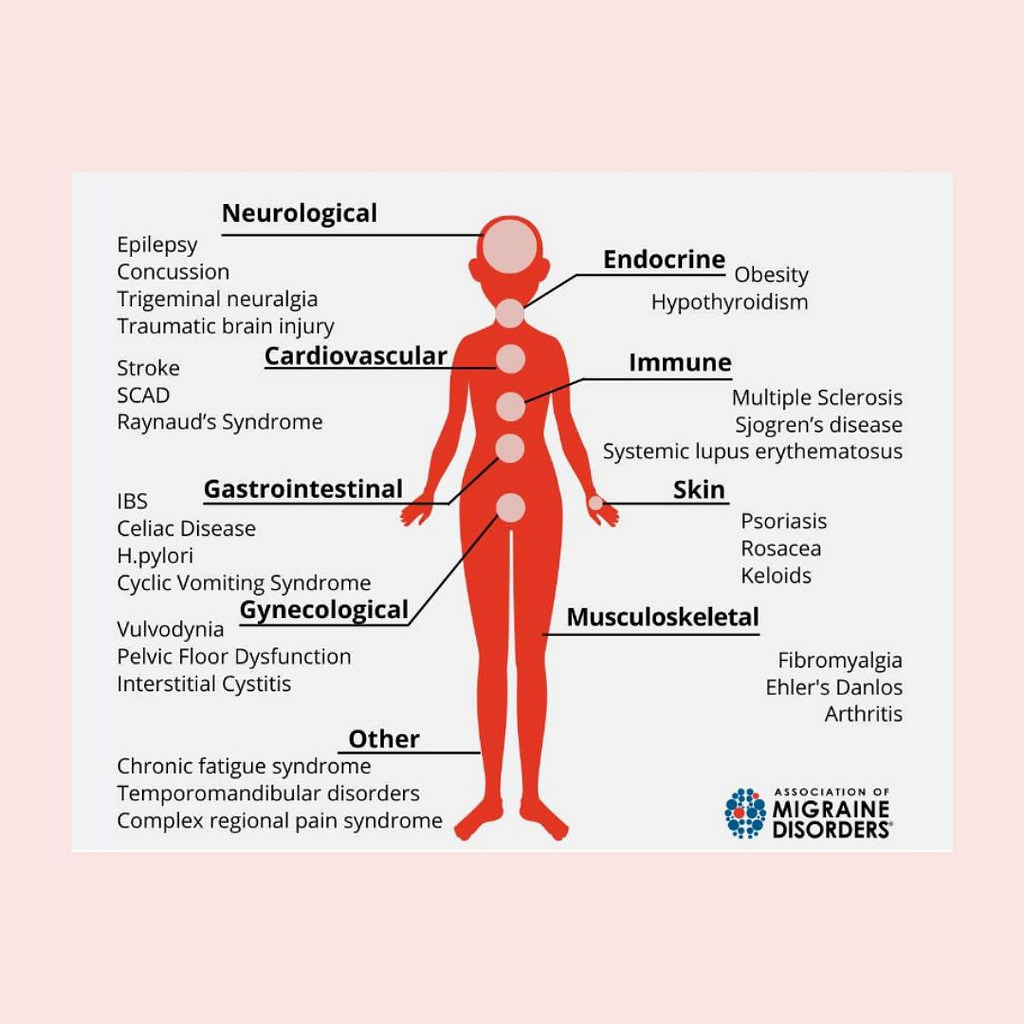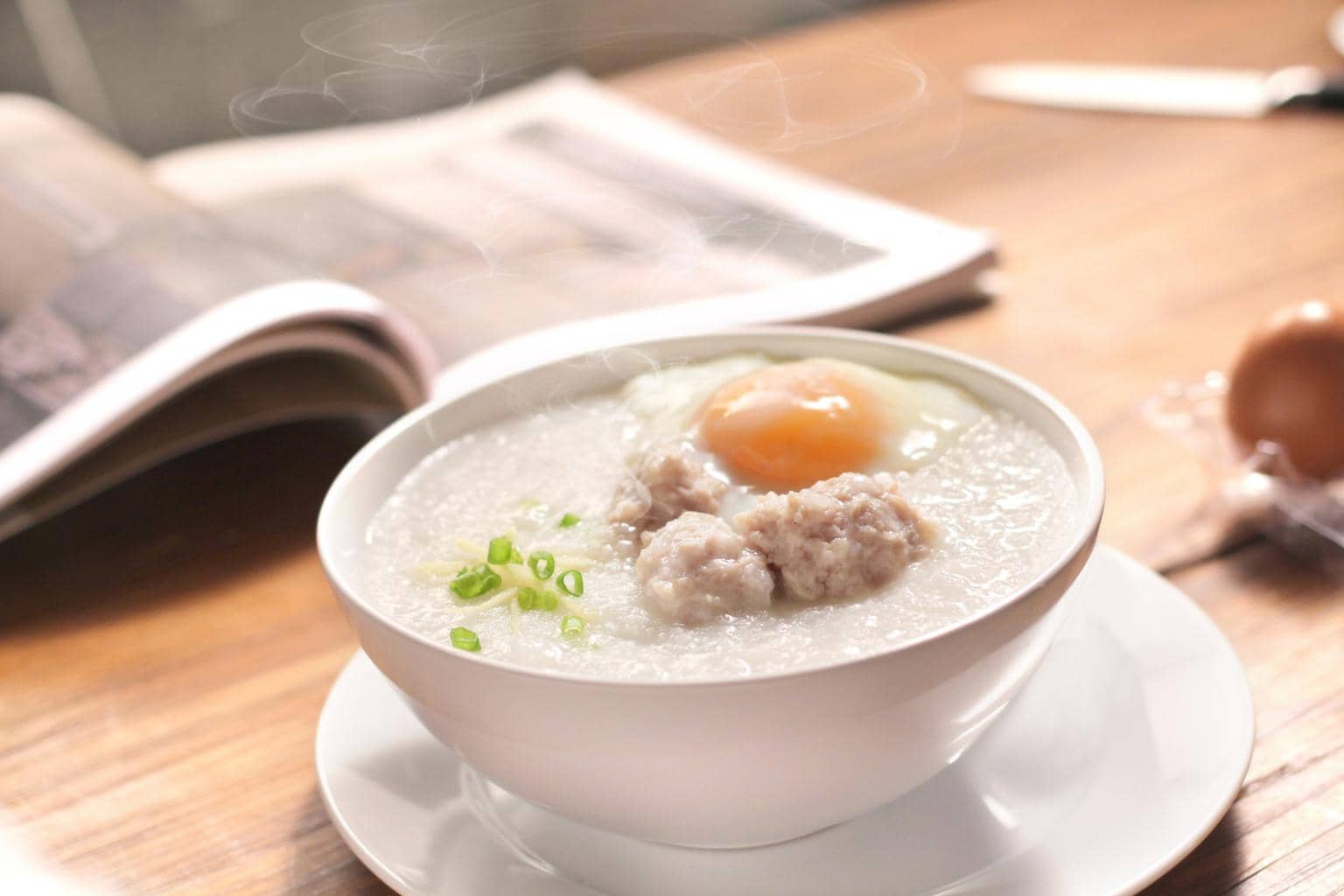
Natural Remedies for Migraine Relief
Migraine?
Have you ever been going about your day finishing a project or completing your evening walk when suddenly you feel a throbbing, pulsing sensation in your head slowly building up and even after time passes it fails to dissipate? Well, this might just be a migraine. If you endure this, you are not alone! More than one billion people per year are affected by migraines. Let’s delve further into this issue and unravel treatment methods that work best.
What is a Migraine?
A migraine is essentially an extremely intense headache which trails other unpleasant side effects including but not limited to, a pounding pain gnawing at one side of the head, increased sensitivity to light & sound, nausea and a fuzzy vision. There is no direct, blunt contributor towards the occurrence of a migraine. Consuming too much caffeine & alcohol, inconsistent and insufficient sleeping patterns (which throw one’s Circadian rhythm off balance) and intense pangs of stress can be classified as potential culprits. For those who undergo menstruation, migraines are also a common issue when on their period.
Western perspective and diagnosis of Migraine
From the realm of Western medicine, the enigma of migraine is seen as an intersection of neurological and vascular factors. Western medicine suggests that migraines stem from abnormal brain activity, particularly the overstimulation of specific brain regions due to irregular and unhealthy everyday habits which build up over time. There is no specific lab test to diagnose a migraine. If a patient has an intense headache, increased nausea and sensitivity to light, it is usually attributed to being a migraine. However, if these symptoms are persistent and intensify, an MRI or a CT scan is required for further investigation.
How Western medicine treats migraine
To tame this neurostorm, medications like Triptans – which inhibit brain pathways in the brain thus soothing the neuronal frenzy – are included in the course of treatment. Celecoxib is also a treatment to manage the pain associated with migraines. Over-the-Counter(OTC) medications such as Ibuprofen, Aspirin and Paracetamol are also used in treating the symptoms associated with migraines. In pursuit of relief, Western medicine does not solely rely on pharmaceutical interventions but also advocates for lifestyle modifications to treat migraines. This includes a consistent sleep schedule, controlled consumption of alcohol & caffeine and stress management. Dietary tweaks to include more clean, unprocessed food is also advised.
Chinese Medicine perspective
In Chinese medicine, migraines are seen as disruptions in the body’s flow of vital energy, or Qi, and blood circulation. These disruptions are often a result of imbalances in the body’s energy systems. Chinese medicine practitioners believe that migraines can be activated by very similar factors, such as stress, dietary choices, and environmental influences.
How we treat using acupuncture, and herbs
The Chinese medicine approach to treating migraines focuses on restoring the balance of Qi and blood flow. The first method is Acupuncture, a traditional Chinese therapy, where fine needles are inserted into specific points on the body to stimulate energy flow and relieve blockages. For migraines, acupuncturists target points around the head and neck region, aiming for reduced pain and improved circulation. Regular acupuncture sessions are key in reducing frequency and intensity of migraine episodes.
Herbal remedies are another fundamental part of migraine management. Chinese herbalists concoct customary herbal formulations tailored to an individual’s symptoms and ailments. These herbal mixtures aim to address the root causes of migraines by harmonizing the body’s energy instead of merely fixing the symptom. Some common herbs used in treatments include Chuan Xiong (Ligusticum wallichii) which is known for activating Qi and proper blood circulation and Bai Zhi (Angelica dahurica).
Why do people choose Chinese medicine?
Migraines induce a plethora of unpleasant symptoms which interfere with one’s everyday life. Due to this, there is no one-size-fits all treatment for this disease. From a Chinese medicine perspective, it aims to treat migraines by tapping into key elements such as proper blood circulation and a balance of energy within the body. Thus, addressing the main issue believed to contribute to migraines instead of mainly treating the symptoms associated with it. An accompaniment of lifestyle changes which the treatment plan entails also ensure a holistic approach to treating the dreaded migraines. Consequently, allowing healing from all areas and ensuring a better quality of life.
Next article: Headache Classification
References
Amiri, P., Kazeminasab, S., Nejadghaderi, S. A., Mohammadinasab, R., Pourfathi, H., Araj-Khodaei, M., Sullman, M. J. M., Kolahi, A. A., & Safiri, S. (2022). Migraine: A Review on Its History, Global Epidemiology, Risk Factors, and Comorbidities. Frontiers in neurology, 12, 800605. https://doi.org/10.3389/fneur.2021.800605
Headaches, migraines – an introduction – chinese & western medicine. AcuMedic Clinic. (2023, May 17). https://clinic.acumedic.com/can-we-help/condition/headaches/#:~:text=According%20to%20Chinese%20Medicine%20theory,blood%20pressure%20or%20sleeping%20disorders.
Lyu, S., Zhang, C. S., Sun, J., Weng, H., Xue, C. C., Guo, X., & Zhang, A. L. (2022). Chinese herbal medicine for migraine management: A hospital-based retrospective analysis of electronic medical records. Frontiers in medicine, 9, 936234. https://doi.org/10.3389/fmed.2022.936234
WebMD. (n.d.). Migraine: Symptoms, causes, diagnosis, treatment, and prevention WebMD. https://www.webmd.com/migraines-headaches/migraines-headaches-migraines#1-12 Do, T. P., Remmers, A., Schytz, H. W., Schankin, C., Nelson, S. E., Obermann, M., Hansen, J. M., Sinclair, A. J., Gantenbein, A. R., &
Schoonman, G. G. (2018). Red and orange flags for secondary headaches in clinical practice. Neurology, 92(3), 134–144.








